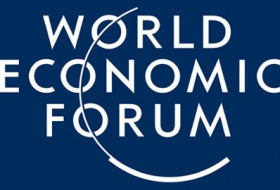Front-month Brent crude oil futures LCOc1 were at $76.76 a barrel at 0452 GMT, 32 cents, or 0.4 percent, above their last close.
U.S. West Texas Intermediate (WTI) crude futures CLc1 were at $66.58 a barrel, up 15 cents, or 0.2 percent, from their last settlement.
Brent closed down 4.3 percent and WTI dropped 4 percent in the previous session.
Saudi Energy Minister Khalid al-Falih said on Tuesday that despite expected supply disruptions from U.S. sanctions against Iran that kick in from Nov. 4, Saudi Arabia would step up to “meet any demand that materializes to ensure customers are satisfied”.
Despite this, analysts said markets remained tight because of the upcoming sanctions.
“We still see Brent reaching $85 per barrel by year-end,” said U.S. bank Morgan Stanley.
In China, Iran’s biggest oil buyer, the Bank of Kunlun is set to stop handling payments from the Islamic Republic next month, appearing to bow to U.S. pressure.
Kunlun is controlled by the financial arm of state-owned China National Petroleum Corp and is the main official channel for money flows between China and Iran.
With financial ties between the two countries effectively severed from November, Chinese oil firms will need to find alternatives to Iran’s crude.
China took in 800,000 barrels per day from Iran in August, the peak for this year, according to Refinitiv Eikon trade data.
While oil supply is tightening, the demand outlook for 2019 is darkening because of concerns of a slowing economy next year.
China’s state planner said on Wednesday it would step up financial support for regions most hit by the ongoing trade war between Washington and Beijing during which both sides have slapped import tariffs on hundreds of goods.
Meanwhile, South Korea’s KOSPI-100 equity index .KS100 has now fallen by nearly 19 percent over the past year, the fastest rate of decline since the financial crisis of 2008/09.
The KOSPI-100 has typically correlated closely with growth in international trade, given the South Korean economy’s strong orientation toward exports.
More about: #oil















































